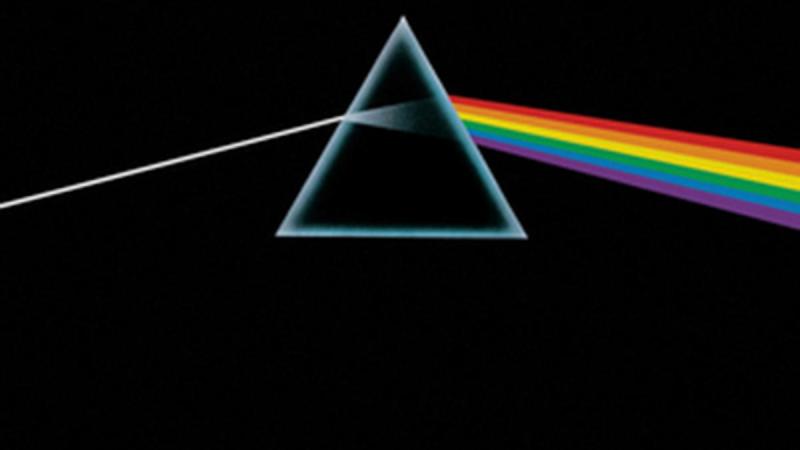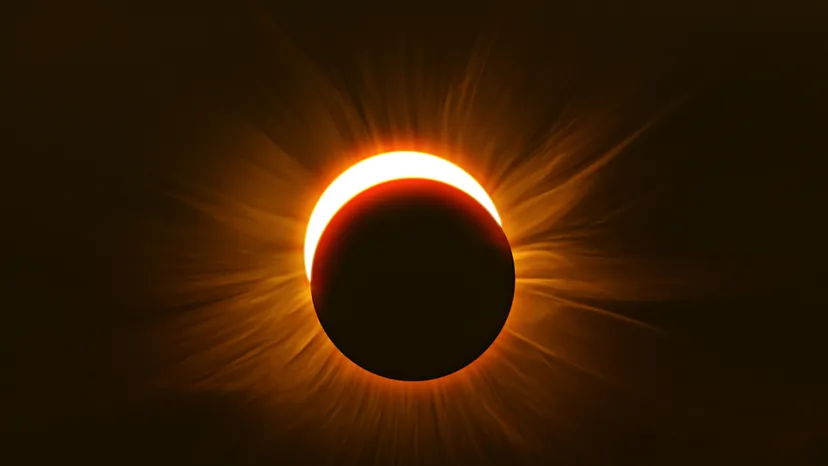Yesterday’s solar eclipse brought a large portion of the world outside (with eye protection!) to witness the last solar eclipse in America until 2044.
Classic rock band Pink Floyd reaped immediate rewards as fans attempted to’sync’ “Eclipse” with the four and a half minutes of totality.
The moon fully obscured the sun in 15 states, from Texas to Maine. Everyone else outside the path of totality received partial coverage, but classic rock fans everywhere helped propel Pink Floyd’s “Eclipse” to the top of the charts to commemorate the occasion.
READ MORE: Only On YouTube Scores Film “Eclipse” About Pink Floyd’s “Dark Side Of The Moon”

According to Forbes, the single reached #8 on the U.S. iTunes list, and 61.3% of Americans own an iPhone. The decades-old tune is ranked alongside newer tracks such as Beyoncé’s “Texas Hold ‘Em” (#9). The song “Eclipse” is the final track of Pink Floyd’s Dark Side of the Moon album, and it consistently charts as pop interest grows.
READ MORE: The Late Pink Floyd Star Syd Barrett’s Estate Has Launched An Official YouTube Channel
The song was not a success when it was first released in 1973 since it was not published as a single. However, interest in celestial occurrences such as solar and lunar eclipses has helped the music regain popularity, thanks in large part to social media. When the last solar eclipse passed across America in 2017, the song made its way onto the Rock Digital Song Sales chart, peaking at #24 on the list of best-selling rock songs.

Several internet tutorials assisted users in determining how to coordinate the song with their eclipse viewing experience. And, of course, many of them included the phrase “listen to the entire album to experience the best effect.”
However, for the millions of Americans who were in the path of totality, commencing the album 41 minutes and 53 seconds before the commencement of the total eclipse had the effect of concluding the viewing experience with the line—”And everything under the sun is in tune, but the sun is eclipsed by the moon.”
Radiant TV, offering to elevate your entertainment game! Movies, TV series, exclusive interviews, music, and more—download now on various devices, including iPhones, Androids, smart TVs, Apple TV, Fire Stick, and more.


